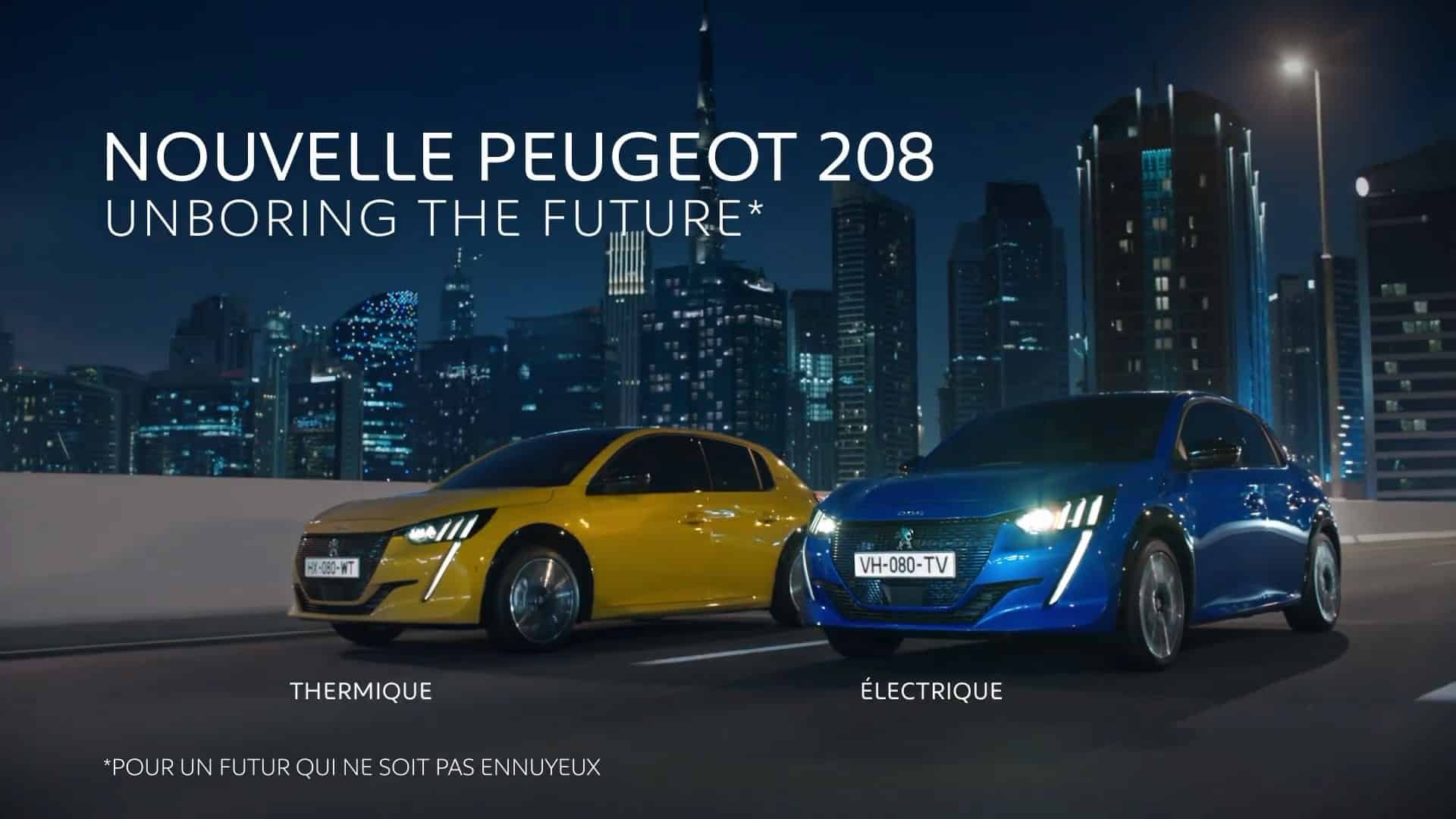#SeDeplacerMoinsPolluer: Auto advertising promotes sustainable mobility

The automotive industry is currently exempt from advertising bans, but it will have to display a hashtag and messages promoting less polluting modes of transport.
Advertisements for cars will need to feature eco-friendly messages starting March 1, 2022, according to a decree published last week in the Official Journal, in accordance with the mobility orientation law adopted by Parliament in November 2019.
Specifically, all advertisements promoting motorized land vehicles must encourage the use of public transportation or active or shared mobility:
- “For short trips, prioritize walking or cycling”
- “Consider carpooling”
- “Use public transportation daily”
These messages must be supplemented with the hashtag #TravelLessPolluting. They will be added to the already mandatory display of fuel consumption and emission data.
This is the automotive equivalent of the “Eat Better, Move More” campaign in the food sector.
Electric cars also affected
The Article of the Highway Code makes no distinction between different types of powertrains and thus also applies to advertisements for 100% electric cars. Electric vehicles certainly pollute less than internal combustion engine cars—that’s now widely accepted—but they obviously pollute more than walking or cycling. Producing an electric car, for instance, also causes pollution.
An alternative to prohibition
The law thus asks manufacturers to shoot themselves in the foot, but they are managing better than expected. It is indeed an alternative to a total ban, as demanded by environmental NGOs, similar to prohibitions beyond certain thresholds, such as for alcohol or tobacco.
At this stage, the law plans to ban advertising for vehicles emitting more than 123 g of CO2 per km starting in 2028. The Citizens’ Climate Convention had proposed an earlier ban on advertising from 95 g of CO2 per km and 4 liters/100 km.
The aim is to preserve the automotive sector, which employs hundreds of thousands of people in France, and which heavily funds media, being the second-largest advertiser after large retail chains.
Read also: The ecological transition saves many lives, according to this new study
This page is translated from the original post "#SeDéplacerMoinsPolluer : la pub auto promouvoir les mobilités douces" in French.
We also suggestthese articles:
Also read





